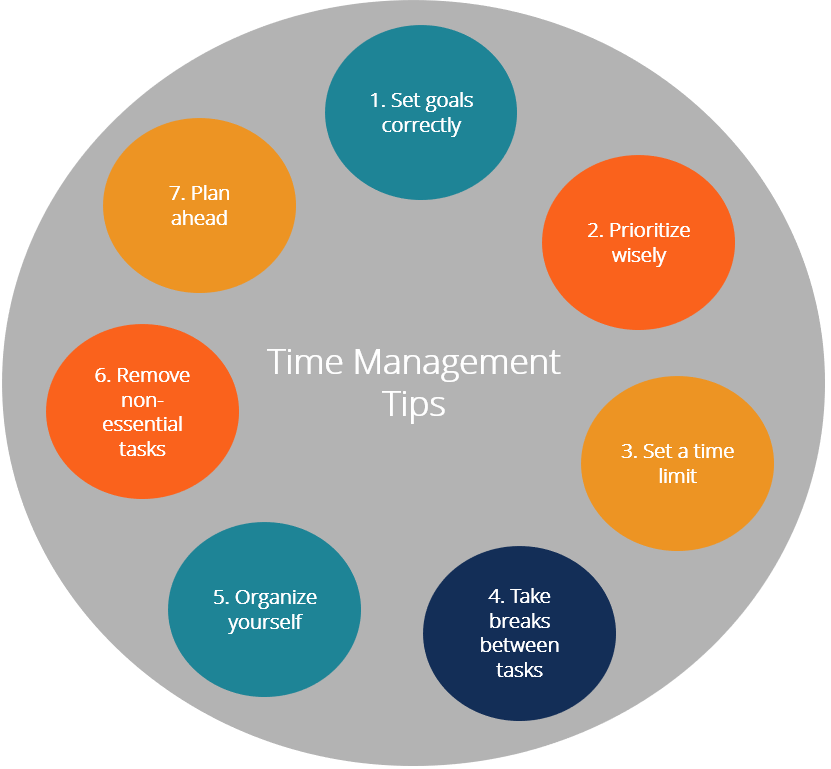Completing tasks efficiently is a skill that can benefit individuals in all aspects of life, from personal projects to professional assignments. While the specifics of each task may vary, there are general steps that can be applied to ensure successful completion. These steps are universal and can be adapted to fit any task, no matter how complex or simple.
Task completion involves more than just starting and finishing a project. It requires a clear understanding of what needs to be done, how to do it, and what resources are necessary. In this article, we will discuss the four essential steps to complete any task, providing you with a framework to tackle any project that comes your way.
Step 1: Define the Task

The first step in completing any task is to define it clearly. This involves understanding what needs to be done, why it needs to be done, and what the expected outcome is. Defining the task helps you to focus on what is required and ensures that you are working towards a specific goal.
To define a task effectively, ask yourself the following questions:
- What is the purpose of the task?
- What are the specific requirements of the task?
- What are the expected outcomes or deliverables?
- Are there any deadlines or time constraints?
- What resources are available to complete the task?
Answering these questions will help you to clarify the task and ensure that you have a clear understanding of what needs to be done.
Benefits of Defining the Task
Defining the task has several benefits, including:
- Improved focus: By clearly defining the task, you can focus on what needs to be done and avoid distractions.
- Increased efficiency: Defining the task helps you to prioritize your work and manage your time more effectively.
- Better outcomes: By understanding what is expected, you can work towards achieving the desired outcomes.
Step 2: Plan the Task

Once you have defined the task, the next step is to plan it. Planning involves breaking down the task into smaller, manageable chunks, and identifying the resources and tools needed to complete it.
To plan a task effectively, ask yourself the following questions:
- What are the key steps involved in completing the task?
- What resources are needed to complete the task?
- Are there any potential obstacles or challenges?
- How will you measure progress and success?
Answering these questions will help you to develop a plan that is tailored to the specific needs of the task.
Benefits of Planning the Task
Planning the task has several benefits, including:
- Improved organization: By breaking down the task into smaller chunks, you can organize your work more effectively.
- Increased productivity: Planning helps you to prioritize your work and manage your time more efficiently.
- Better risk management: By identifying potential obstacles, you can develop strategies to mitigate them.
Step 3: Execute the Task

With a clear plan in place, the next step is to execute the task. Execution involves taking action and completing the task as planned.
To execute a task effectively, ask yourself the following questions:
- What are the key actions that need to be taken to complete the task?
- What are the potential distractions or obstacles that could hinder progress?
- How will you stay focused and motivated?
Answering these questions will help you to stay on track and ensure that you complete the task as planned.
Benefits of Executing the Task
Executing the task has several benefits, including:
- Improved productivity: By taking action and completing the task, you can achieve a sense of accomplishment and boost your productivity.
- Increased confidence: Completing a task can help to build confidence and reinforce a sense of capability.
- Better outcomes: By following a plan, you can ensure that the task is completed to a high standard.
Step 4: Review and Evaluate the Task

The final step in completing any task is to review and evaluate it. Reviewing and evaluating the task involves assessing what was done, what was achieved, and what could be improved.
To review and evaluate a task effectively, ask yourself the following questions:
- What was achieved?
- What could be improved?
- What were the key lessons learned?
- How can the task be improved in the future?
Answering these questions will help you to reflect on the task and identify areas for improvement.
Benefits of Reviewing and Evaluating the Task
Reviewing and evaluating the task has several benefits, including:
- Improved learning: By reflecting on the task, you can identify areas for improvement and develop new skills.
- Increased efficiency: By evaluating what worked well and what didn't, you can refine your approach and improve efficiency.
- Better outcomes: By learning from the task, you can apply those lessons to future tasks and achieve better outcomes.






We hope this article has provided you with a comprehensive guide to completing any task. By following the four essential steps outlined above, you can ensure that you complete tasks efficiently and effectively. Remember to define the task, plan the task, execute the task, and review and evaluate the task. With practice and persistence, you can develop the skills and strategies needed to complete tasks with ease.
If you have any questions or comments, please don't hesitate to reach out. We would love to hear from you and help in any way we can.
What are the four essential steps to complete any task?
+The four essential steps to complete any task are: define the task, plan the task, execute the task, and review and evaluate the task.
Why is defining the task important?
+Defining the task is important because it helps you to clarify what needs to be done, prioritize your work, and manage your time more effectively.
What are the benefits of reviewing and evaluating the task?
+The benefits of reviewing and evaluating the task include improved learning, increased efficiency, and better outcomes.
